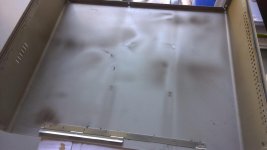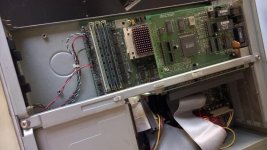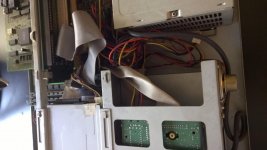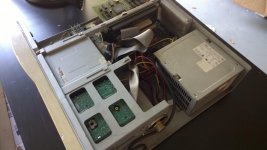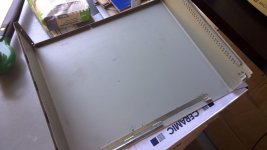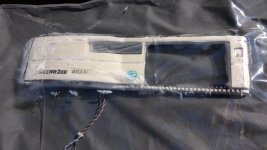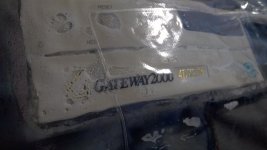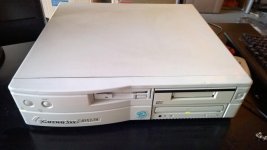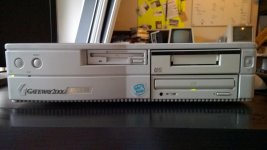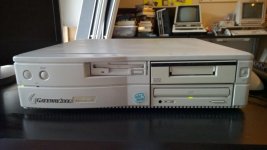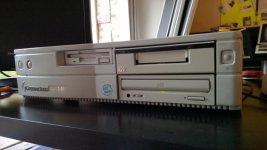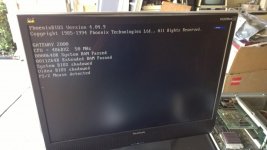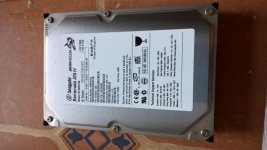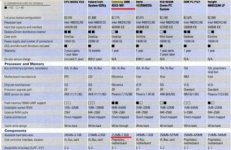sgifanatic
Experienced Member
Part I
I've always liked Gateway 2000 systems from the '90s, but have never owned one. Recently, I acquired a slim, 4DX2-50 486 desktop model. When I opened the box and laid eyes on the thing, I physically took a step back. It was revolting. One of the filthiest systems I have ever seen. I don't know where the previous owner stored this thing.
The first thing I did was to use lysol wipes all over... a half a dozen wipes later, the top layers of dirt had come off, and whatever ebola strain this thing carried had hopefully been neutralized.
Then, I moved the system to the garage and waited until the weekend arrived. This morning, I was able to find an hour or so to work on it; a benefit of waking up extra early! The first pics you see below are actually post-lysol cleaning. This was significantly dirtier out of the box.
1) The plastics were yellowed, stickers all over, grime, filth of all variety on the metal chassis.
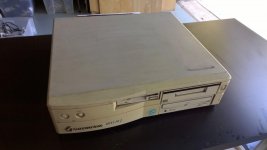
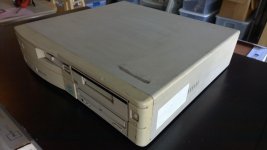
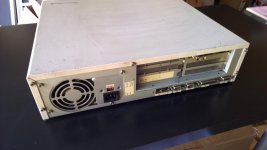
2) The insides were even more repulsive. The pictures don't do it justice, but you can probably see the dust and filth mixed with moisture to yield this disgusting sticky, black residue all over.
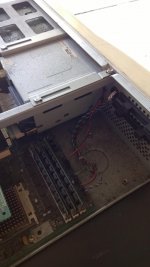
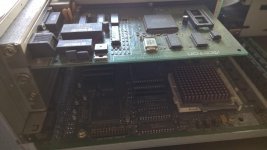
I've always liked Gateway 2000 systems from the '90s, but have never owned one. Recently, I acquired a slim, 4DX2-50 486 desktop model. When I opened the box and laid eyes on the thing, I physically took a step back. It was revolting. One of the filthiest systems I have ever seen. I don't know where the previous owner stored this thing.
The first thing I did was to use lysol wipes all over... a half a dozen wipes later, the top layers of dirt had come off, and whatever ebola strain this thing carried had hopefully been neutralized.
Then, I moved the system to the garage and waited until the weekend arrived. This morning, I was able to find an hour or so to work on it; a benefit of waking up extra early! The first pics you see below are actually post-lysol cleaning. This was significantly dirtier out of the box.
1) The plastics were yellowed, stickers all over, grime, filth of all variety on the metal chassis.



2) The insides were even more repulsive. The pictures don't do it justice, but you can probably see the dust and filth mixed with moisture to yield this disgusting sticky, black residue all over.


Last edited:

